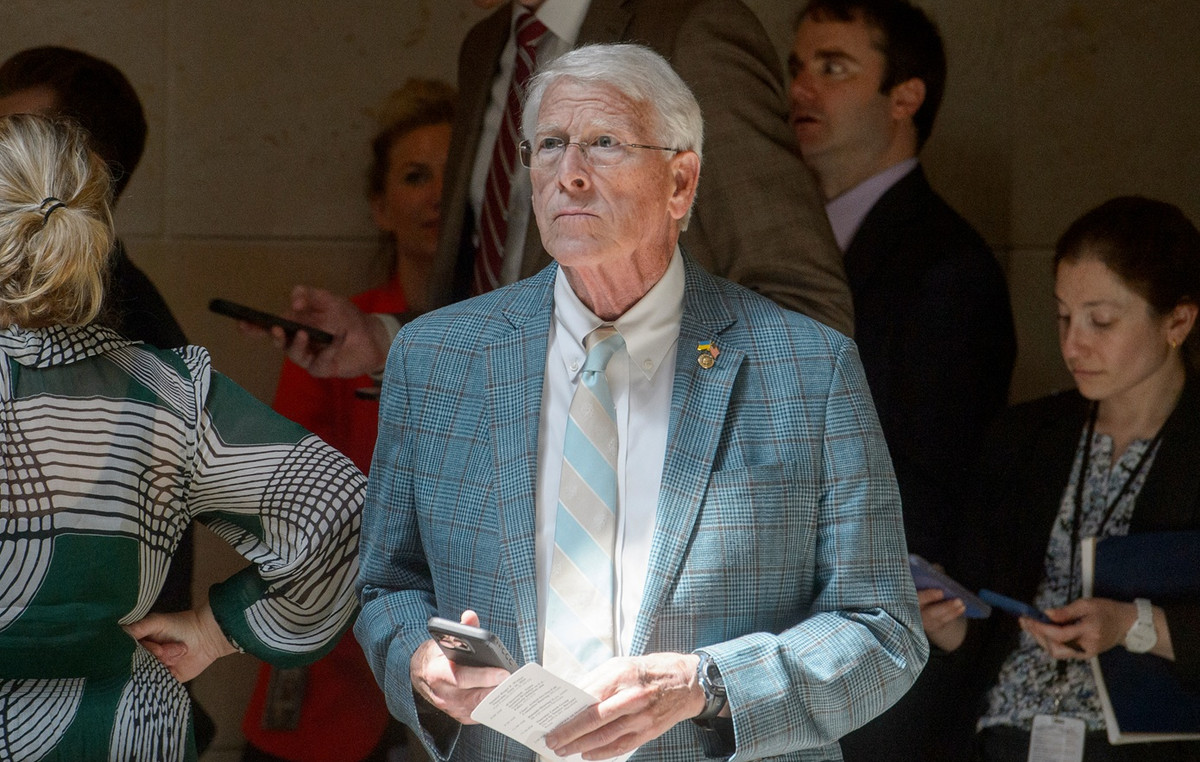- Sterling falls sharply from 1.2800 after the BoE left interest rates unchanged at 5.25%.
- Eight of the nine members of the BoE's Monetary Policy Committee have voted in favor of keeping interest rates at their current levels.
- The US dollar rebounds after the Fed presented an optimistic economic outlook for the United States.
The British Pound (GBP) falls sharply before the start of the American session on Thursday, as eight of the nine members of the Monetary Policy Committee (MPC) of the Bank of England (BoE) have voted in favor of maintaining interest rates. interest at 5.25% for the fifth consecutive time. The BoE was expected to announce an unchanged interest rate decision. However, Catherine Mann, head of monetary policy at the BoE, has surprisingly voted to keep interest rates unchanged at 5.25%, putting downward pressure on the British pound.
Monetary Policy Committee (MPC) members Catherine Mann and Jonathan Haskel have voted in favor of a further increase in interest rates in the last four meetings, despite the majority of MPC members deciding to keep rates at 5.25%. Haskel was expected to vote in favor of maintaining interest rates. It seems that the recent inflation figures have changed Catherine Mann's opinion. Price pressure on the UK Consumer Price Index (CPI) grew in February below market expectations. Annual headline and core inflation softened to 3.4% and 4.5%, respectively. The UK Office for National Statistics (ONS) reported that “food and restaurant prices were the biggest drags on the decline, offset by motor fuels.”
On Wednesday, the GBP/USD pair saw a dramatic rally, driven by investors' increased risk appetite as the Federal Reserve (Fed) stuck to its forecast of three rate cuts this year. This had an impact on the attractiveness of investors for the US dollar (USD). However, it rebounded as the Fed's upwardly revised gross domestic product (GDP) forecasts for 2024 limited its decline.
Daily Market Drivers Summary: Sterling Falls as Catherine Mann Turns Neutral on Interest Rates
- Sterling falls sharply to 1.2730 as eight of the BoE's nine policymakers, including Catherine Mann and Jonathan Haskel, favor keeping interest rates unchanged at 5.25%. BoE policymaker Swati Dhingra voted in favor of a rate cut, as expected.
- The BoE reiterates that rate cuts should only be considered after gaining confidence that inflation will sustainably return to 2%. BoE Governor Andrew Bailey stated in the monetary policy statement that we have not reached a point where we can reduce interest rates, but that inflation is moving in the right direction.
- Meanwhile, the US Dollar Index DXY rebounded from a daily low of 103.17, supported by the improving US economic outlook in the latest economic projections from the Federal Reserve. As for the outlook for interest rates, the Fed maintained its forecast for three rate cuts this year at its policy meeting on Wednesday. Fed officials did not lower their forecasts for rate cuts even though inflation remained higher than expected in February.
- The Fed continued its argument that rate cuts are only appropriate if it gains greater confidence that inflation will decline sustainably to the 2% target. However, he mentioned that the underlying story of price pressures moving in the right direction has not changed despite the recent acceleration in inflation.
Technical Analysis: Pound Sterling Faces Pressure Near 1.2800
The British Pound is struggling to extend its rise above the resistance round level of 1.2800. The GBP/USD pair recovered strongly after discovering buying interest near the breakout zone of the descending triangle formed around 1.2700. Short-term demand for the GBP/USD pair turns bullish as it bounces above the 20-day EMA, which is trading around 1.2740.
On the downside, the descending support of the descending triangle chart pattern will serve as support for the pair. To the upside, a seven-month high around 1.2900 will be a major resistance for GBBP/USD.
The 14-period Relative Strength Index (RSI) exceeds 60 points. If the RSI (14) manages to stay above that level, bullish momentum will be activated.
Pound Sterling FAQ
What is the Pound Sterling?
The British Pound (GBP) is the oldest currency in the world (886 AD) and the official currency of the United Kingdom. It is the fourth most traded currency unit in the world, with 12% of all transactions and an average of $630 billion per day, according to 2022 data.
Its key currency pairs are GBP/USD, also known as “Cable”, which represents 11% of the forex market, GBP/JPY, or the “Dragon” as it is known to traders (3%), and EUR/GBP (2%). The pound sterling is issued by the Bank of England (BoE).
How do Bank of England decisions influence the Pound Sterling?
The most important factor influencing the value of the Pound Sterling is the monetary policy decided by the Bank of England. The Bank of England bases its decisions on achieving its main objective of “price stability”, that is, a stable inflation rate of around 2%. Its main tool to achieve this is the adjustment of interest rates.
When inflation is too high, the Bank of England tries to contain it by raising interest rates, which makes access to credit more expensive for individuals and companies. This tends to be positive for the GBP, as higher interest rates make the UK a more attractive place for global investors to park their money.
When inflation is too low, it is a sign that economic growth is slowing. In this scenario, the BoE will consider lowering interest rates to make credit cheaper, so that companies borrow more to invest in projects that generate growth.
How does economic data influence the value of the Pound?
The published data gauges the health of the economy and may influence the value of the Pound sterling. Indicators such as GDP, manufacturing and services PMIs, and employment can influence the direction of the Pound.
A strong economy is good for the British pound. Not only does it attract more foreign investment, but it may encourage the Bank of England to raise interest rates, which will directly strengthen the Pound. Otherwise, if economic data is weak, the pound is likely to fall.
How does the trade balance affect the Pound?
Another significant data for the pound sterling is the trade balance. This indicator measures the difference between what a country earns from its exports and what it spends on imports during a given period.
If a country produces highly sought-after exports, its currency will benefit exclusively from the additional demand created by foreign buyers wishing to purchase these goods. Therefore, a positive net trade balance strengthens a currency and vice versa for a negative balance.
Source: Fx Street
I am Joshua Winder, a senior-level journalist and editor at World Stock Market. I specialize in covering news related to the stock market and economic trends. With more than 8 years of experience in this field, I have become an expert in financial reporting.








